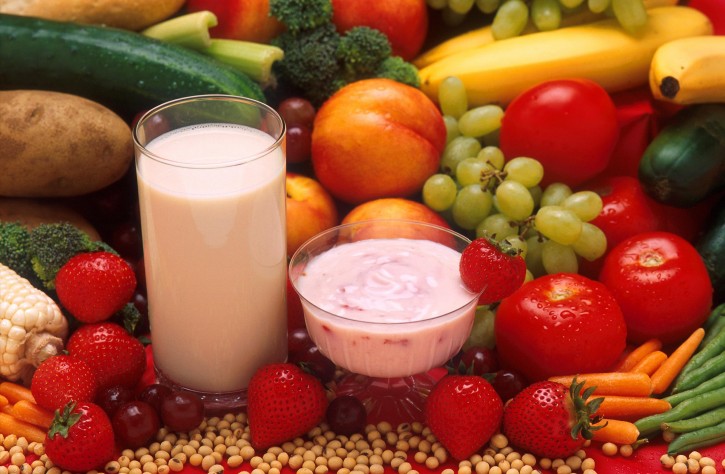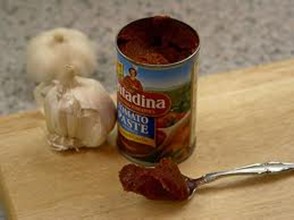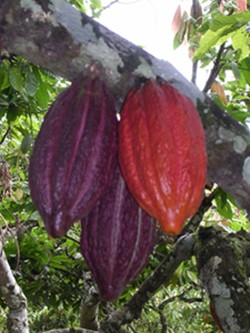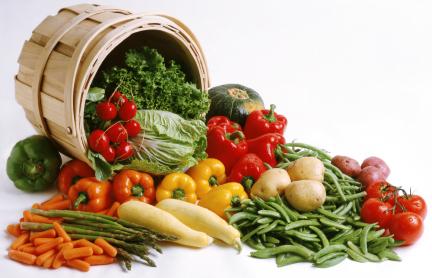By now you may have heard of a weird trend – women are having feeding tubes inserted down their throats so they can be given low doses of nutrients through the naso-gastric tube (“the K-E diet”) and not eat food at all. The goal? Lose 20 pounds in 10 days. This lunacy would be hard to believe, unless you’ve been observing the desperate measures and weight-loss scams people have tried over the last 50 years, which I have done.
As a licensed psychologist, retired after 25 years* of treating people with eating disorders, I can officially tell you this is INSANE. We’ve known for years that crash weight loss is a sure recipe for weight gain the minute you return to a normal diet, even if the new normal diet is better than your pre-crash food choices.
In our world of sugary, fatty foods available everywhere, and reduced need for exercise, and “convenience” foods full of sugar, salt, and fat, it’s hard for a lot of people to maintain a healthy weight. As one expert stated in an article I co-authored, “If you wanted to see what is the environment that would maximize the rate of weight gain, we’ve more or less created it.”
So it’s not totally the fault of the overweight individual. If a structured support system is necessary for you, try Weight Watchers, a sensible system that works for many people.
If you know someone who’s toying with the idea of trying this tube feeding fad, just politely say, “Ok, but first let’s go shopping for a complete wardrobe for you in the bigger size you will attain after you try this racket.”
As an advocate for food that is healthy for person and planet, I recommend the Mediterranean diet, which is NOT a get-rich fad plugged by some phony “expert,” but an accepted medical term meaning food choices rich in fruits, vegetables, and nuts, and low in meat and dairy. Better yet, no meat, dairy, or fish! (That’s the part that’s good for the planet. Need information? Visit sfvs.org, the site of the San Francisco Vegetarian Society).
Here’s hoping you and the people you love know the life-affirming ways to reach and keep a healthy weight.
*The other 25 years occurred before my psychotherapy career, as I watched my mother and other people, mostly women, try to lose weight. I fell into the eating disorder and weight loss world myself, and emerged safely, determined to help others avoid it.






